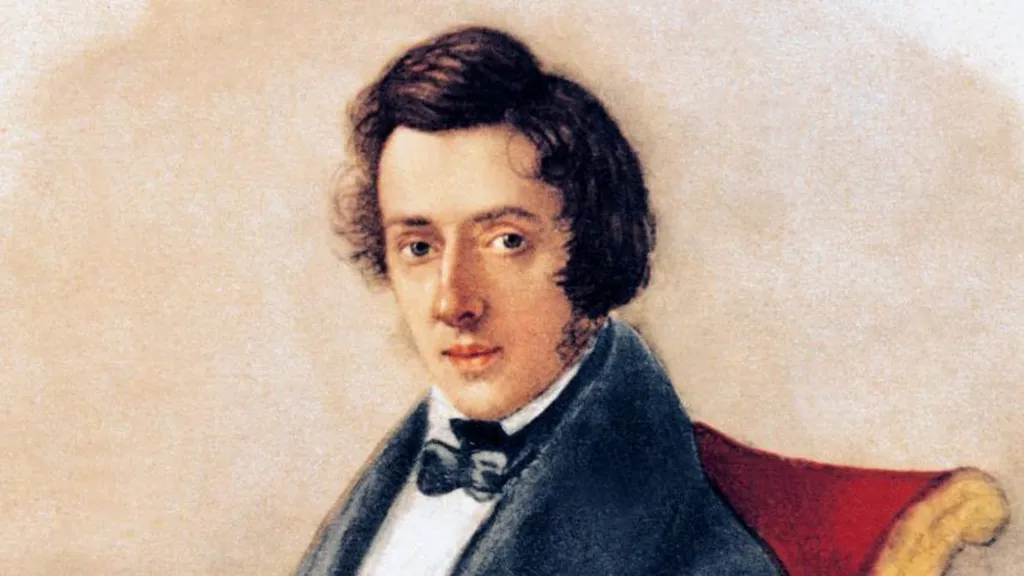Rare Chopin Waltz Discovered After Nearly Two Centuries
3 min read
Chopin, who wrote mostly piano solos, died aged 39 in France in 1849.

Chopin, who wrote mostly piano solos, died aged 39 in France in 1849.
A previously unknown waltz attributed to the renowned Polish composer Frédéric Chopin has been uncovered almost 200 years after its creation. The manuscript was found in the vault of the Morgan Library and Museum in New York City.
This extraordinary discovery, believed to date between 1830 and 1835, was made by curator Robinson McClellan while he was cataloging newly acquired collections. Upon uncovering the rare score, McClellan collaborated with a prominent Chopin expert to confirm its authenticity. Although the piece lacks Chopin’s signature, the distinctive bass clef used in the manuscript suggests it may be his work.
While examining the waltz, McClellan noted some minor discrepancies in rhythm and notation. However, he expressed confidence in its attribution to Chopin. “What we’re most certain about is that it is written in the hand of Chopin, on paper that he wrote on himself,” he stated in an interview with BBC’s Newshour. “Though we can’t confirm with absolute certainty that he composed it, I feel about 98% sure, and many who have heard it share a strong intuition that it sounds like Chopin.”
McClellan highlighted the unique qualities of the waltz, mentioning its atypical stormy opening, which, while unexpected, isn’t entirely out of character for the composer. He emphasized that the melody truly captures the essence of Chopin’s style.
The waltz has garnered significant attention, with superstar pianist Lang Lang recording it for the New York Times, which first reported the story. Chopin, who primarily composed piano solos, passed away at the age of 39 in France in 1849. His life was marked by personal struggles, including hallucinations and suspected epilepsy, as revealed by Spanish researchers.
As excitement grows around this newfound piece, music enthusiasts and scholars alike are eager to explore its potential place within Chopin’s body of work. The waltz adds to the rich tapestry of his musical legacy, which continues to inspire generations of musicians and listeners.
This discovery not only enriches our understanding of Chopin’s creative output but also highlights the ongoing importance of archival research in unearthing hidden treasures from music history. The rare manuscript serves as a testament to Chopin’s enduring influence and the timeless appeal of his compositions.
In an age where many historical documents and artworks have been lost or forgotten, the find at the Morgan Library stands as a reminder of the surprises that still await in the world of classical music. It reinforces the notion that the past is still alive, capable of revealing new stories and interpretations through its artifacts.
As experts continue to study the waltz and its context, it may provide fresh insights into Chopin’s compositional techniques and stylistic developments during his formative years. This could lead to a deeper appreciation of his music, shedding light on the nuances that characterize his celebrated works.
In conclusion, the discovery of this lost Chopin waltz is a significant moment in music history, igniting curiosity and excitement among musicians, scholars, and fans alike. As the world awaits further analysis and performances of the piece, it serves as a reminder of the composer’s lasting impact and the mysteries that remain within the realm of classical music. The ongoing exploration of Chopin’s life and works will undoubtedly continue to captivate audiences for years to come.